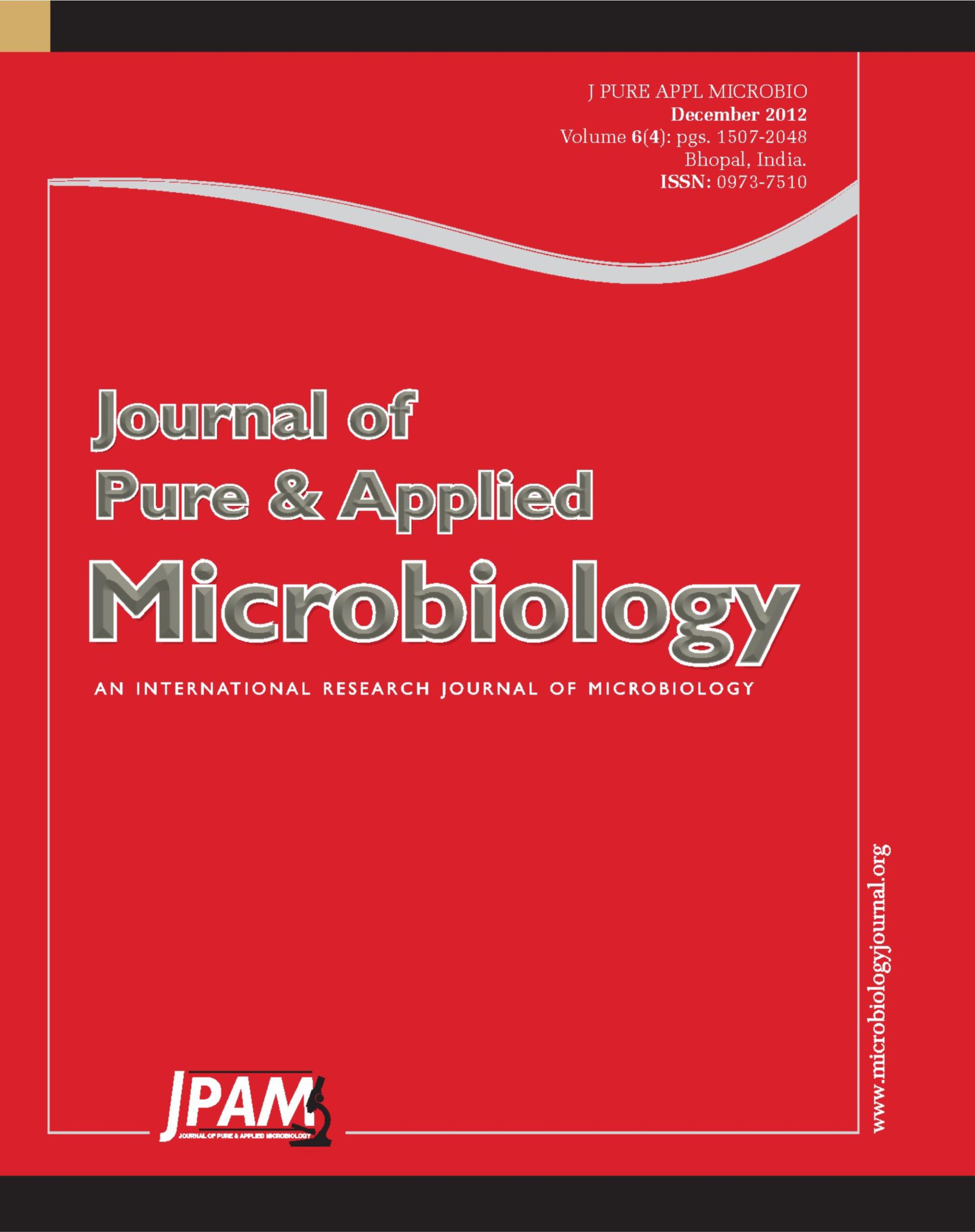Activity of five methanolic plant extracts obtained from Lantana camara, Salvadora persica, Thymus vulgaris, Zingiber officinale and Ziziphus spina–christi were investigated for their antifungal effect on tomato phytopathogenic fungi (Fusarium oxysporum, Pythium aphanidermatum and Rhizoctonia solani) the causative agents of tomato damping-off diseases. Three of five plant extracts were effective against tomato phytopathogenic fungi. T. vulgaris and Z. officinale extracts were strongly active and showed fungistatic and fungicidal activities against the phytopathogenic fungi with MIC of 4 mg/ml and MFC of 8 mg/ml except F. oxysporum which was less sensitive and its MFC reached to 16 mg/ml of Z. officinale extact. On the other hand, S. persica extract showed a moderate antifungal activity while L. camara and Z. spina-christi were not effective against tomato phytopathogenic fungi except P. aphanidermatum which was completely inhibited at 10 mg/ml of L. camara extract. Carbendazim fungicide was more effective than all methanolic plant extracts inhibiting mycelial growth of all phytopathogenic fungi at 8 ppm and a huge concentration reached to 8 mg/ml of the effective plant extract was required to attain the same effect. Analysis of the effective plant extracts by GC/MS revealed that T. vulgaris extract was mainly composed by thymol (38.73%), carvacrol (19.31%), â-cimene (10.13%) and á-terpinolene (5.94%) while Z. officinale was mainly composed by Gingerol (46.85%), cedrene (8.39%), zingiberene (7.41%) and á-curcumene (7.32% ) respectively. These effective plant extracts may contribute to development of potentially effective and environmentally safer alternative fungicide to control tomato damping- off phytopathogenic fungi.
Fungicides, Plant extracts, Fungitoxic properties
© The Author(s) 2012. Open Access. This article is distributed under the terms of the Creative Commons Attribution 4.0 International License which permits unrestricted use, sharing, distribution, and reproduction in any medium, provided you give appropriate credit to the original author(s) and the source, provide a link to the Creative Commons license, and indicate if changes were made.


